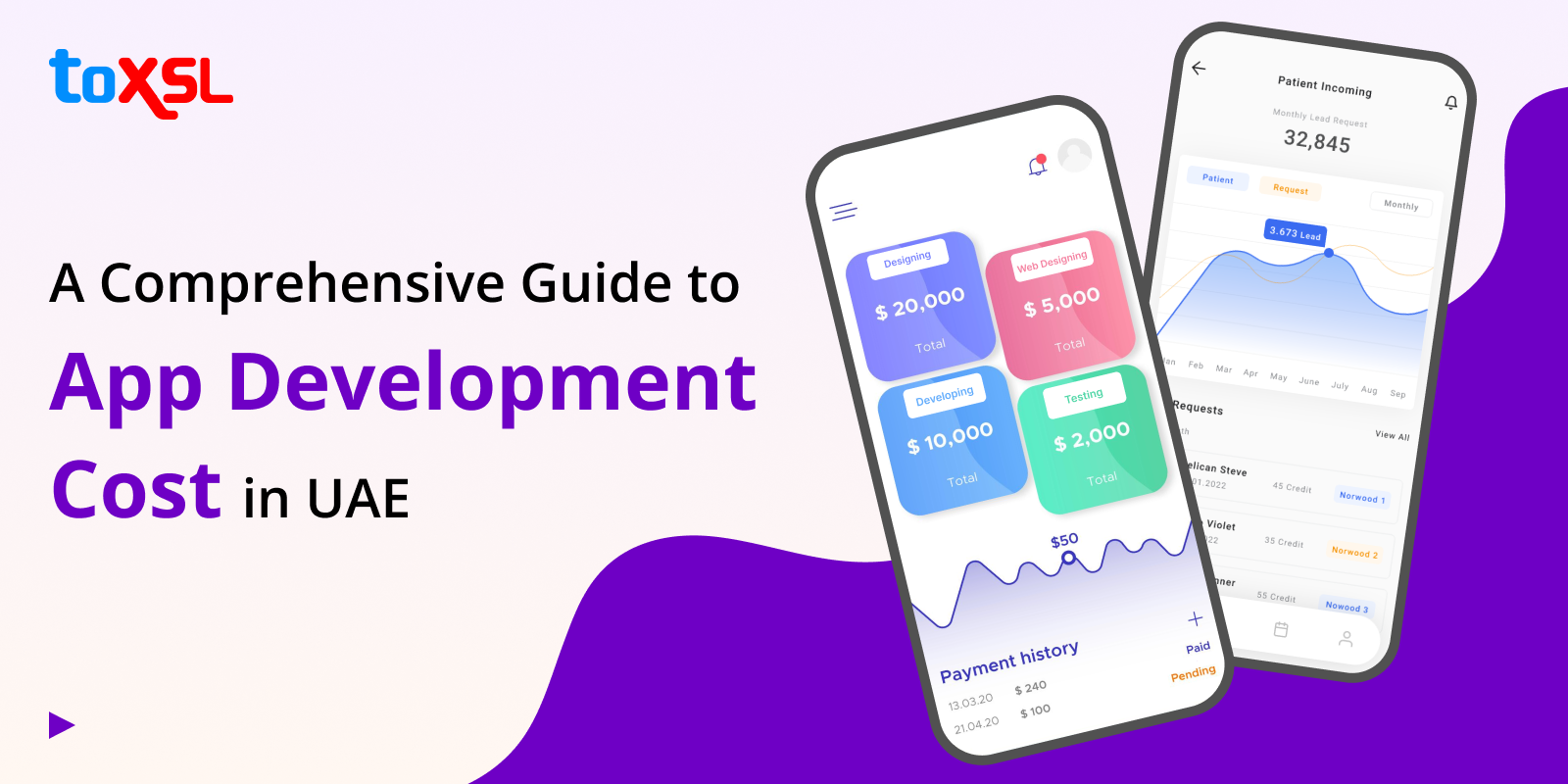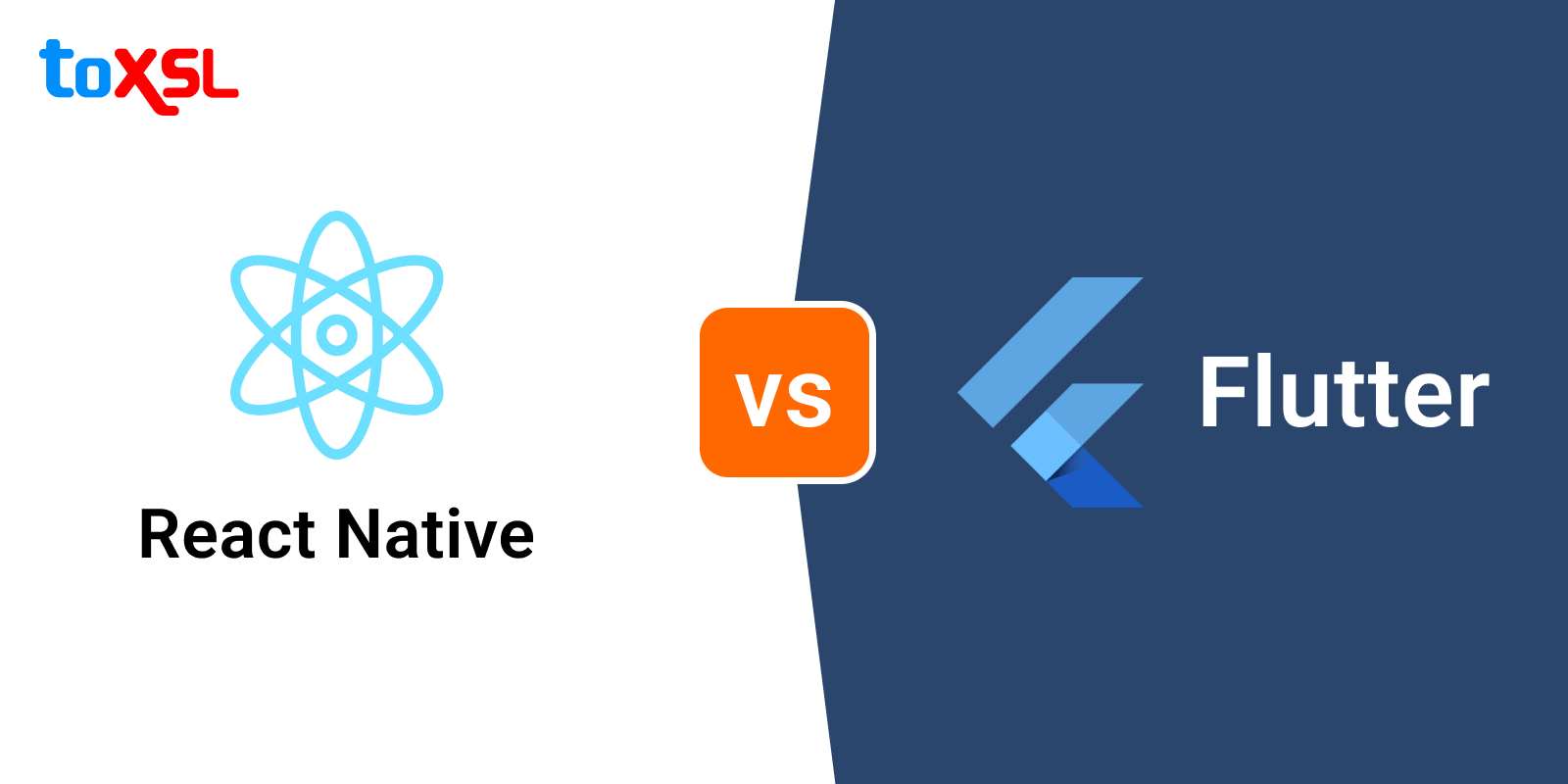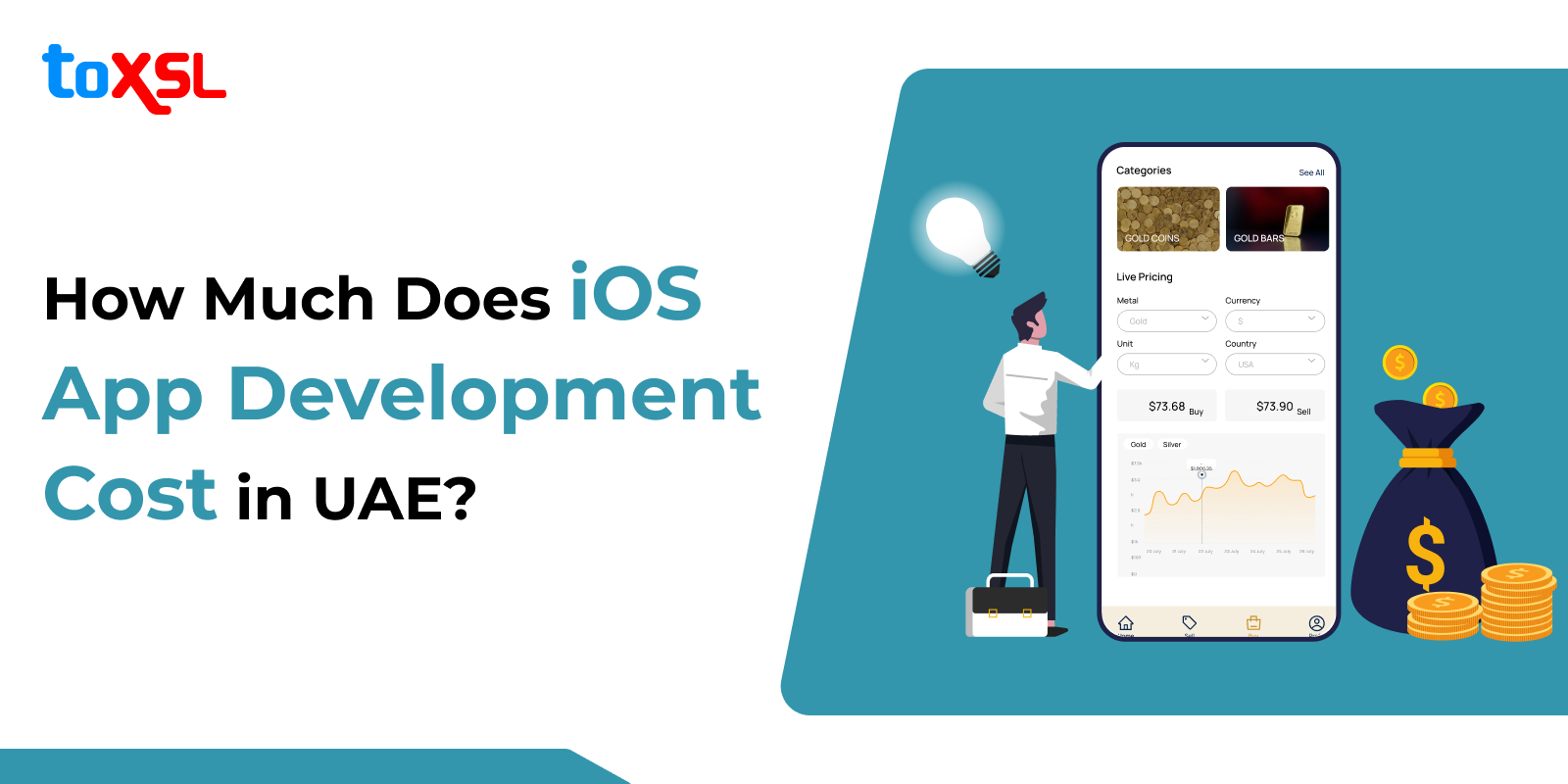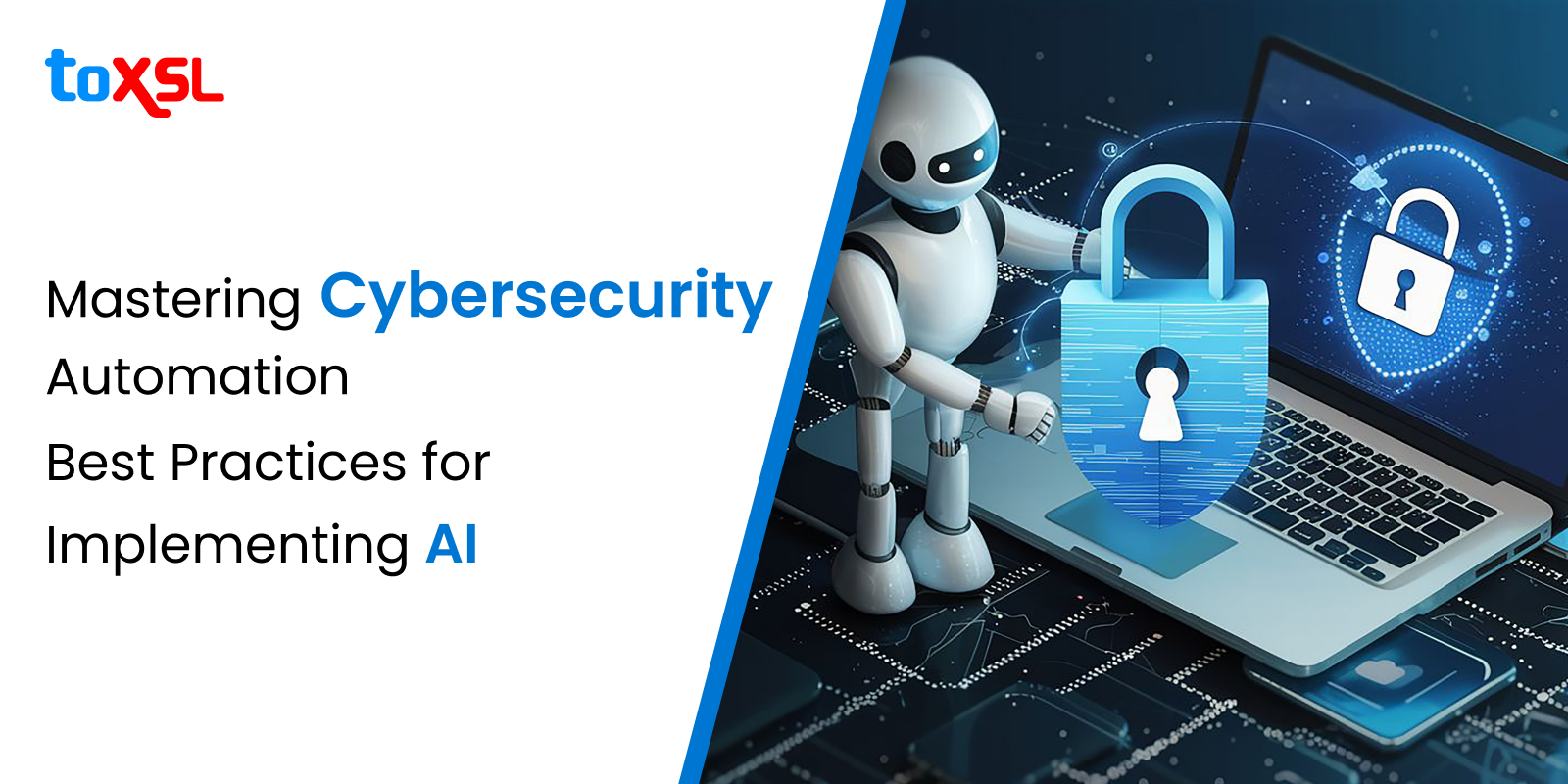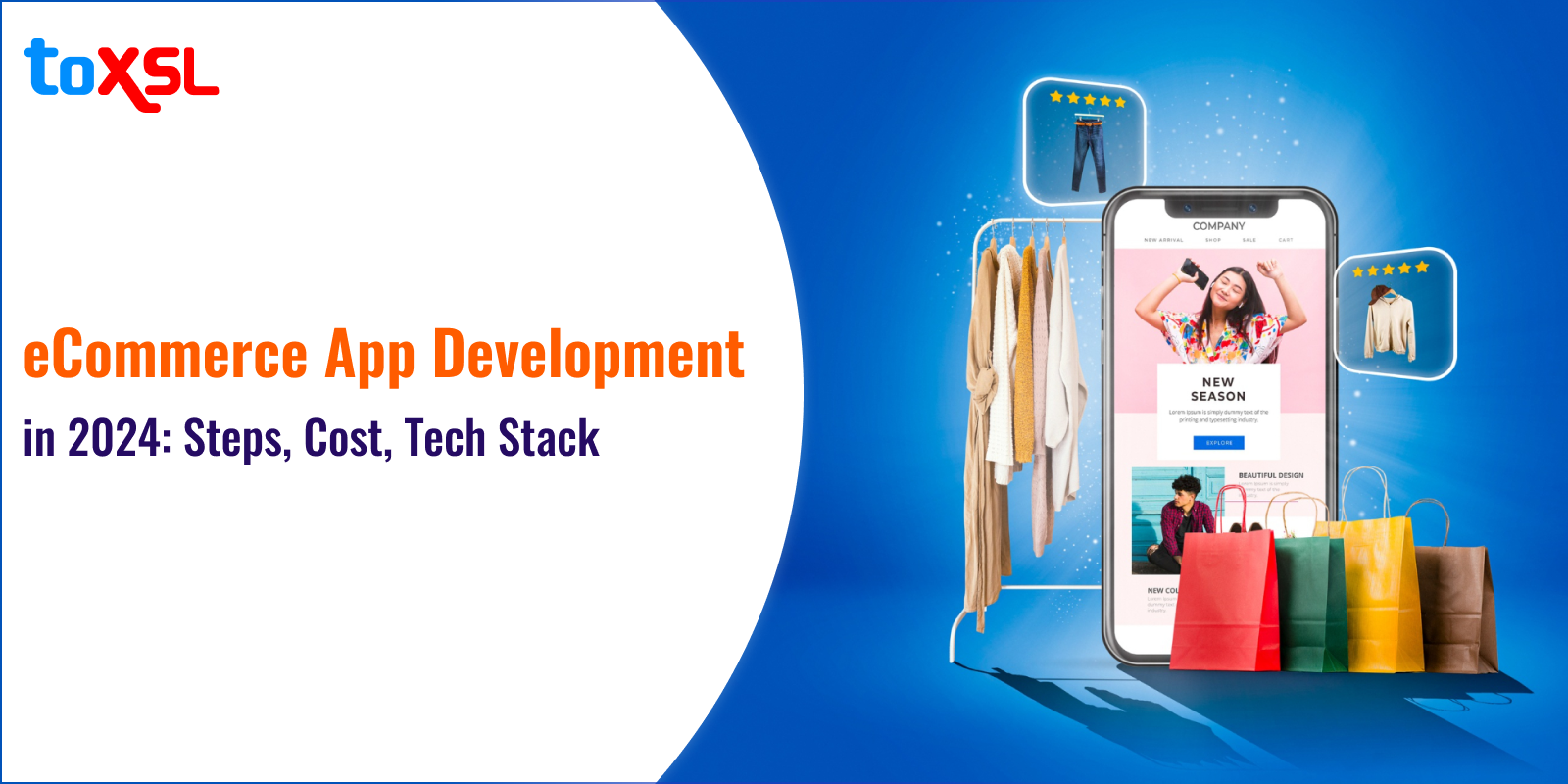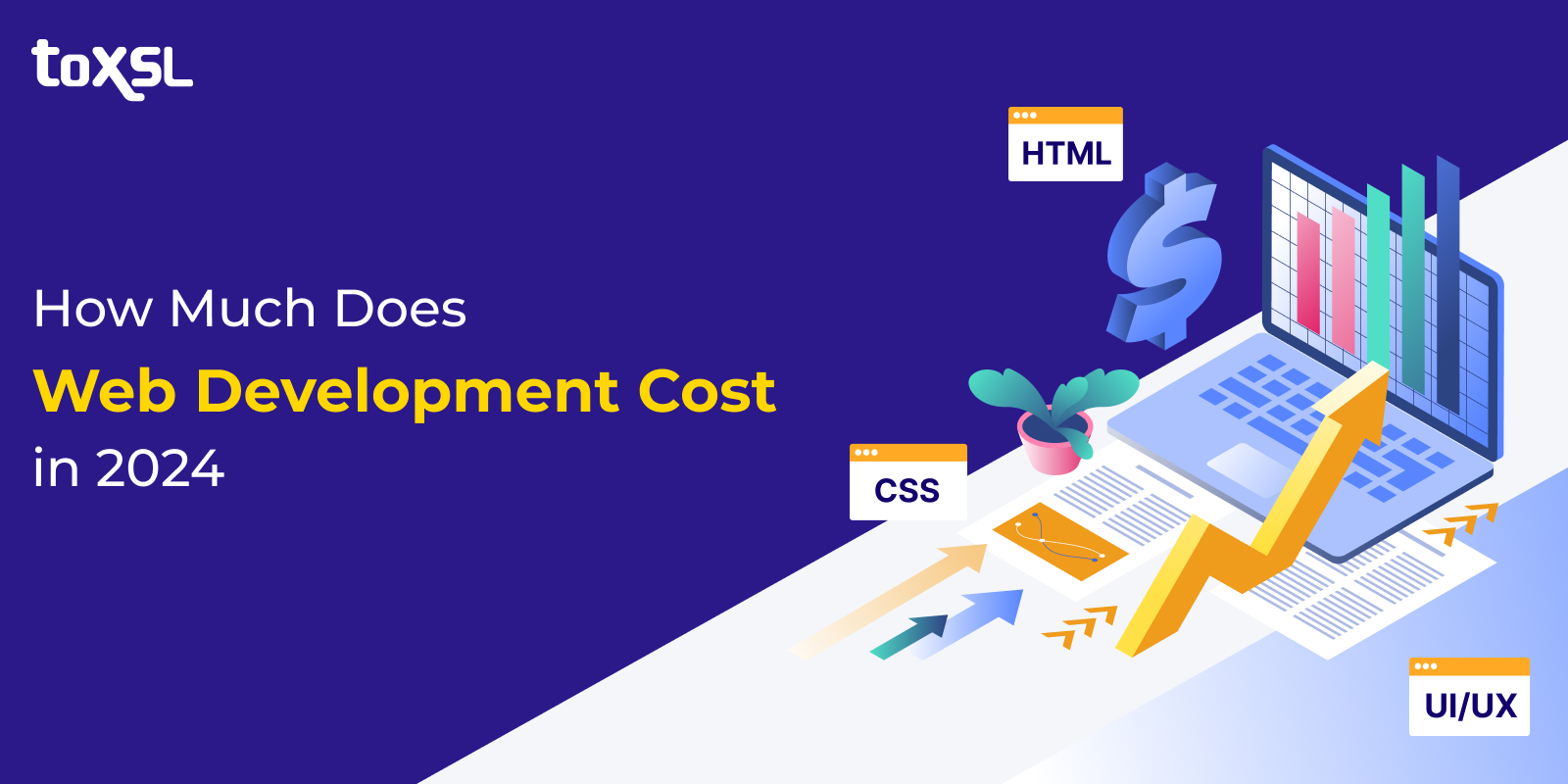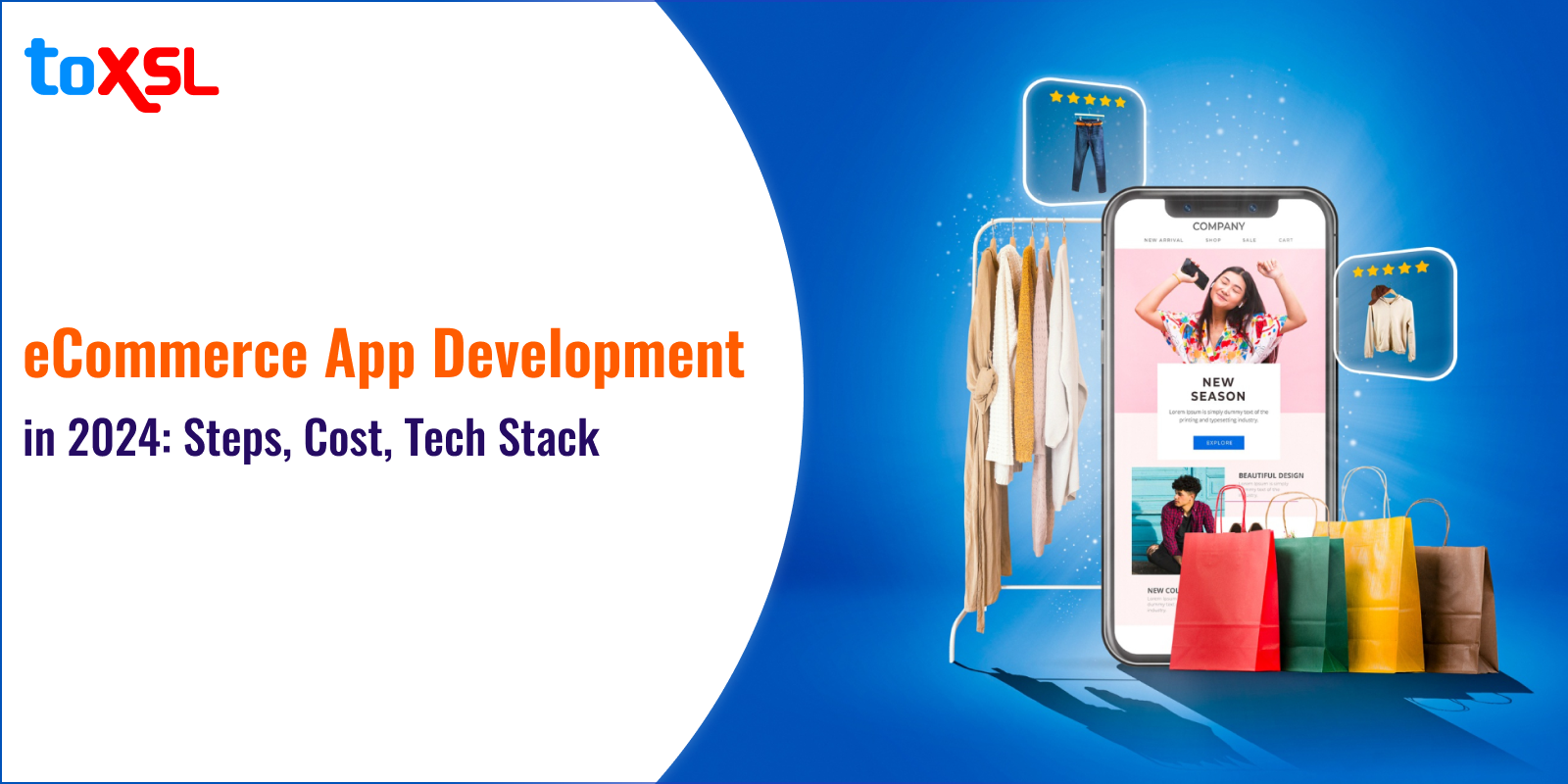
In the dynamic world of digital E-commerce, staying ahead of the curve is essential for businesses aiming to thrive. As we step into 2024, the landscape of eCommerce app development is undergoing significant transformations driven by technological advancements, shifting consumer behaviors, and emerging market trends. Before heading forward on this blog, let us first learn about the statistics of the ecommerce app development :
Mobile commerce represents 31% of all retail eCommerce sales in the United States.
35% of US consumers use only their mobile device to buy online.
The US generates $338 billion in mobile commerce sales.
By 2024, experts estimate there will be 187.5 million mobile shoppers in the US.
Conversion rates from mobile apps are three times higher than mobile sites.
Mobile shoppers spend twice as much money as other customers.
3% of smartphone users buy from company-specific apps.
42% of smartphone users plan to do more shopping from their mobile devices in the coming year.
Essential Steps in eCommerce App Development
Developing an eCommerce app can be a complex process that requires careful planning and execution. To ensure the success of your eCommerce app, it is essential to follow a series of steps that will help you create a user-friendly, secure, and feature-rich application. Here are the essential steps in eCommerce app development:

1. Market Research: Before diving into the development process, it is crucial to conduct thorough market research. This step involves analyzing the market landscape, identifying competitors, understanding customer needs and preferences, and determining the unique selling points of your app. Market research will provide valuable insights that will guide the development process and help you create an app that resonates with your target audience.
2. Choose the Right Platform: Selecting the right platform for your eCommerce app is paramount to its success. The platform should be capable of handling the volume of transactions expected, offer seamless integration with essential tools like payment gateways and analytics, and be up-to-date with the latest features and technologies. Consulting with experienced developers or consultants can help you make an informed decision on choosing the most suitable platform for your eCommerce app.
3. Define Your Goals: Clearly defining your goals for the eCommerce app is essential in shaping its design and functionality. Whether your objective is to increase reach, enhance customer engagement, or drive sales, having well-defined goals will inform the development process and ensure that your app aligns with your business objectives.
4. UI Design: The user interface (UI) design plays a critical role in creating a visually appealing and user-friendly eCommerce app. The UI should prioritize customer experience by providing easy navigation, intuitive search functionalities, seamless checkout processes, and engaging features like product recommendations and customer reviews. A well-designed UI can significantly impact user satisfaction and retention.
5. Develop Essential Features: Once the UI design is finalized, it’s time to develop the core features of your eCommerce app. These features define the functionality of your app and include aspects such as product listings, search capabilities, shopping cart management, secure payment options, order tracking, and more. Customizing these features to meet the specific needs of your target audience is key to delivering a seamless shopping experience.
6. Testing: Thorough testing of all features is crucial before launching your eCommerce app. Testing ensures that the app functions correctly across different devices and browsers, identifies any security vulnerabilities that need addressing, and validates the overall performance of the application. Comprehensive testing helps in detecting bugs or issues early on and ensures a smooth user experience post-launch.
Trends in eCommerce App Development:
eCommerce app development is continuously evolving to meet the ever-changing needs and expectations of consumers in the digital marketplace. Keeping up with the latest trends is essential for businesses to stay competitive and deliver exceptional shopping experiences. Here are some prominent trends in eCommerce app development:
Mobile-first Approach:
Progressive Web Apps (PWAs): PWAs combine the best features of web and mobile apps, offering fast loading times, offline functionality, and push notifications. eCommerce businesses are adopting PWAs to provide users with app-like experiences directly through their web browsers, eliminating the need for separate app downloads.
Voice Commerce:
Voice-enabled commerce is gaining traction as more consumers utilize virtual assistants like Amazon Alexa and Google Assistant for shopping tasks. eCommerce apps are integrating voice search, voice-controlled navigation, and voice-activated purchasing features to cater to this emerging trend and enhance accessibility for users.
Augmented Reality (AR) and Virtual Reality (VR):
AR and VR technologies are revolutionizing the way consumers shop online by offering immersive and interactive experiences. eCommerce apps are leveraging AR and VR for product visualization, virtual try-ons, and virtual showroom experiences, allowing users to make more informed purchase decisions and enhancing engagement.
Personalization and AI-driven Recommendations:
Personalization is key to delivering tailored shopping experiences that resonate with individual preferences and behavior. eCommerce apps utilize AI-driven algorithms and machine learning techniques to analyze customer data and deliver personalized product recommendations, promotions, and content in real time.
Omnichannel Integration:
Omnichannel commerce involves integrating multiple channels and touchpoints, including websites, mobile apps, social media platforms, and physical stores, to provide a seamless shopping experience. eCommerce apps are adopting omnichannel strategies to enable cross-channel interactions, unified customer profiles, and consistent branding across platforms.
Social Commerce:
Social media platforms play a significant role in influencing purchasing decisions and driving e-commerce sales. eCommerce apps are integrating social commerce features such as shoppable posts, social sharing, and influencer marketing to capitalize on social media engagement and convert social interactions into sales.
Subscription-based Models:
Subscription-based eCommerce models offer convenience, customization, and recurring revenue streams for businesses. eCommerce apps incorporate subscription services, membership programs, and curated box subscriptions to provide value-added services and foster long-term customer relationships.
Contactless Payments and Digital Wallets:
Contactless payments and digital wallets are becoming increasingly popular due to their convenience and security. eCommerce apps are integrating payment options such as Apple Pay, Google Pay, PayPal, and other digital wallets to streamline the checkout process and enhance payment flexibility for users.
Sustainability and Ethical Commerce:
Consumers are increasingly prioritizing sustainability and ethical considerations when making purchasing decisions. eCommerce apps are highlighting eco-friendly products, ethical sourcing practices, and transparent supply chains to align with consumer values and differentiate themselves in the market.
eCommerce App Development Cost
The cost of eCommerce app development can vary widely depending on several factors, including the complexity of the app, the features and functionalities included, the development approach (native, hybrid, or cross-platform), the location and expertise of the development team, and any additional services required.
To provide a general estimate, let's break down the cost range for developing an eCommerce app:
Basic eCommerce App (Simple Features):
A basic eCommerce app with essential features such as product listings, search functionality, cart management, user authentication, and payment gateway integration can cost anywhere from $10,000 to $30,000.
Mid-range eCommerce App (Moderate Complexity):
An eCommerce app with additional features such as social media integration, wishlist functionality, product reviews, order tracking, and basic analytics capabilities may cost between $30,000 to $80,000.
Advanced eCommerce App (High Complexity):
An advanced eCommerce app with complex features such as personalized recommendations, advanced analytics, augmented reality (AR) product visualization, multi-language support, omnichannel integration, and custom backend infrastructure can cost upwards of $80,000 or more.
Additional Costs:
It's important to consider additional costs such as UI/UX design, backend development, quality assurance (QA) testing, deployment, maintenance, and ongoing support. These costs can vary depending on the project requirements and may add anywhere from 20% to 50% or more to the overall development cost.
It's important to note that these cost estimates are rough averages, and the actual cost of eCommerce app development may vary based on specific project requirements, customization needs, and the level of quality and expertise desired. To get a more accurate cost estimat for your eCommerce app development project, it's recommended to consult with experienced developers or development agencies and provide detailed project specifications for them to evaluate
Challenges in eCommerce App Development:
Here are a few challenges in eCommerce App Development:
1. Security and Data Privacy:
As eCommerce apps collect and process sensitive user data, ensuring robust security measures and compliance with data privacy regulations (such as GDPR and CCPA) remains a top priority for businesses.
Addressing cybersecurity threats, implementing encryption protocols, and safeguarding user privacy are critical challenges that developers must navigate in 2024 to build trust and credibility among customers.
2. Performance Optimization:
With the increasing complexity of eCommerce apps and the diversity of devices and network conditions, optimizing app performance is a persistent challenge.
Developers need to prioritize factors such as app speed, responsiveness, and scalability, leveraging techniques like code optimization, caching mechanisms, and performance monitoring tools to deliver seamless and fast-loading experiences to users.
3. Integration Complexity:
Integrating third-party services, APIs, and backend systems can pose challenges in terms of compatibility, interoperability, and data synchronization.
Developers must carefully plan and execute integrations, adopting modular architectures, API-first approaches, and microservices architectures to streamline the development process, minimize dependencies, and ensure smooth interactions between different components of the eCommerce ecosystem.
Opportunities in eCommerce App Development:
Opportunities in eCommerce app development are abundant, fueled by the continuous growth of online shopping and the increasing demand for seamless digital experiences. Here are several key opportunities worth exploring in this dynamic field:

1. Market Expansion: With eCommerce steadily gaining traction worldwide, there are ample opportunities to expand into new markets and reach a global audience. Developing eCommerce apps tailored to specific regions or demographics can help businesses capitalize on emerging markets and tap into new customer segments.
2. Omnichannel Integration: Integrating eCommerce apps with various channels and touchpoints, including websites, social media platforms, physical stores, and voice-enabled devices, presents opportunities to provide a cohesive omnichannel shopping experience. By enabling seamless transitions between online and offline channels, businesses can enhance customer engagement and loyalty.
3. Personalization and Customer Engagement: Leveraging data analytics, AI-driven algorithms, and machine learning techniques, eCommerce apps can deliver personalized recommendations, targeted promotions, and tailored shopping experiences based on individual preferences and behavior. By focusing on personalization and customer engagement, businesses can foster deeper connections with customers and drive repeat purchases.
4. Mobile Commerce (M-commerce): With the increasing adoption of smartphones and mobile devices, mobile commerce represents a significant opportunity for mobile app development. Optimizing eCommerce apps for mobile platforms and leveraging features like push notifications, mobile wallets, and in-app messaging can enhance user engagement and drive conversions, particularly among on-the-go consumers.
5. Emerging Technologies: Embracing emerging technologies such as augmented reality (AR), virtual reality (VR), and voice commerce opens up new opportunities for innovative eCommerce app experiences. By incorporating AR/VR for product visualization, virtual try-on, or immersive shopping experiences, businesses can differentiate themselves and create unique value propositions for customers. Similarly, integrating voice commerce capabilities enables hands-free shopping and enhances accessibility for users.
6. Subscription-based Models and Services: Subscription-based eCommerce models offer opportunities for recurring revenue streams and long-term customer relationships. Developing eCommerce apps that support subscription services, membership programs, or curated box subscriptions allows businesses to offer convenience, customization, and value-added services to subscribers.
7. Sustainability and Ethical Commerce: As consumers increasingly prioritize sustainability and ethical considerations, there is a growing demand for eco-friendly and socially responsible eCommerce solutions. Developing eCommerce apps that promote sustainable practices, ethical sourcing, and transparent supply chains can resonate with environmentally conscious consumers and differentiate businesses in the market.
8. B2B eCommerce Solutions: The B2B eCommerce market presents significant opportunities for eCommerce app development, with businesses increasingly embracing digital platforms for procurement, supply chain management, and wholesale transactions. Developing eCommerce apps tailored to the needs of B2B customers, such as bulk ordering, account management, and custom pricing, can unlock new revenue streams and foster long-term partnerships with business clients.
To summarize
In summary, eCommerce app development is characterized by innovation, disruption, and endless possibilities. By embracing the latest trends, overcoming challenges, and seizing new opportunities, businesses can create immersive, personalized, and seamless shopping experiences that resonate with modern consumers, driving growth, and success in the competitive eCommerce landscape. As technology continues to evolve and consumer preferences evolve, staying agile, adaptable, and customer-centric will be key to thriving in the ever-changing world of eCommerce.
If you are looking to develop an eCommerce app for your business, look no further than ToXSL Technologies – the best eCommerce app development company in the market. We have a team of experts who are well-versed in the latest technologies in the eCommerce industry and know how to develop the exact solutions required by the clients. Request a quote now!


